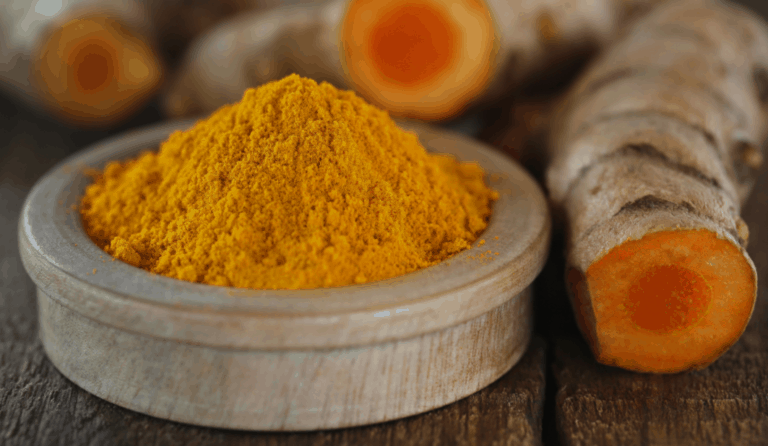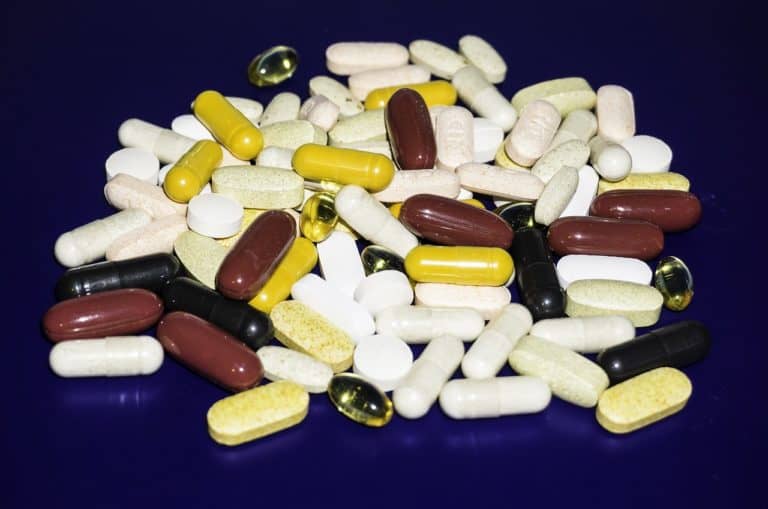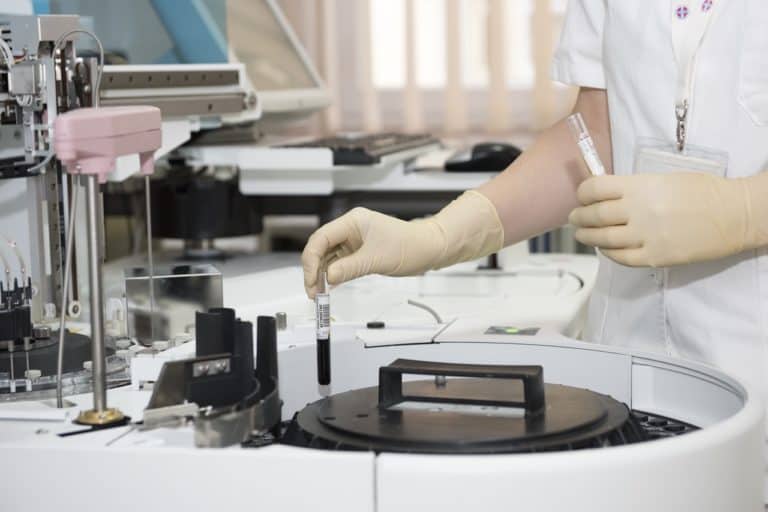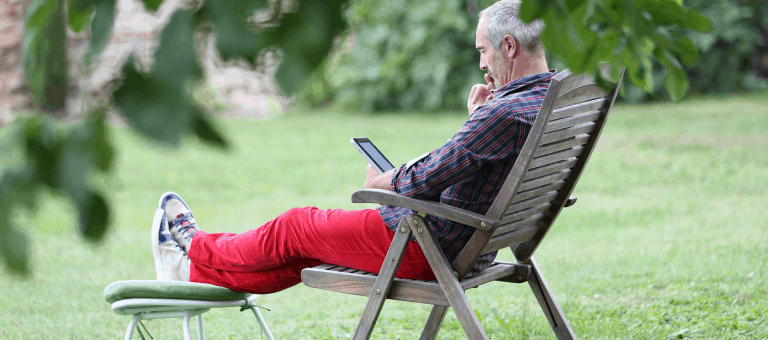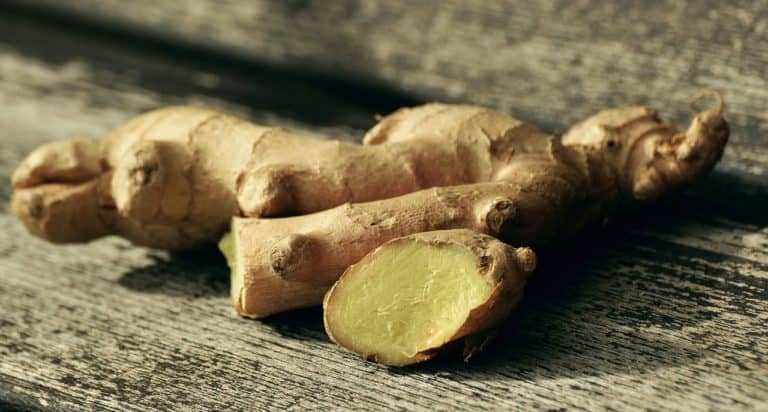Getting help for incontinence, if you are man, may make you feel a bit uneasy. But you are not alone: urinary incontinence affects more than 2 million men in the United States. So you have lots of company when getting help for incontinence.
Urinary incontinence is not a disease but a symptom of a urinary tract problem. Of the four main types of urinary incontinence, stress incontinence is the most common type men experience after treatment for prostate cancer. Stress incontinence is characterized by urine that is accidentally released when pressure is placed on the bladder.
Another common type of incontinence is urge incontinence, which includes overactive bladder. This is the type typically associated with not making it to the bathroom on time. A third type of urinary incontinence is overflow incontinence, which can be associated with BPH or narrowing of the urethra and occurs when the bladder does not empty properly. Total incontinence is when urine leakage is relatively constant.
Regardless of the type of urinary incontinence you have or its cause, getting help for incontinence is possible if you take steps now to help restore urinary continence and promote urinary health.
Those steps include lifestyle changes and treatment options you can try to regain urinary control. Getting help for incontinence can begin with these guidelines.
Be an informed patient
When you notice symptoms of urinary incontinence, contact your doctor so he or she can make a diagnosis and develop a treatment plan. It is also recommended you read and learn as much as you can about urinary incontinence and prostate health. Keep a file on new studies and information about urinary incontinence, and contact your doctor if you have questions.
Getting help for incontinence: make lifestyle changes
Getting help for incontinence should include lifestyle changes. Incorporating lifestyle modifications into your daily life can have an important impact on successfully restoring urinary continence. The following 17 lifestyle changes can be a part of your effort for getting help for incontinence.
- Increase your intake of fruits and vegetables: Most men don’t eat enough fruits and vegetables, which are excellent sources of antioxidants, polyphenols, vitamins, minerals, and fiber. These elements support and promote urinary tract, prostate, and overall health.
- Choose healthy fats: Healthy fats (omega-3 fatty acids, monounsaturated) should be the mainstay of a low-fat diet, which promotes sexual and prostate health.
- Pick plant protein over animal protein: Plant protein provides all the nutrients and health benefits you need for maximum prostate health and to support urinary tract function.
- Drink green tea: The catechins present in green tea have potent antioxidant and anti-inflammatory properties that can promote urinary tract health. However, limit consumption to early in the day to prevent the need to get up during the night to urinate.
- Avoid foods and additives that are harmful to prostate health: Some foods, supplements, additives and nutrients can harm the prostate and therefore may impact urinary tract function. These include but are not limited to meat, calcium, chondroitin, and foods high in sugar.
- Drink pure water: Drinking pure water and staying properly hydrated is essential for flushing out the kidneys and bladder and supporting urinary tract health.
- Avoid late fluid intake: Although adequate intake of fluids, especially pure water, is important, avoid drinking fluids 2 to 3 hours before going to bed to prevent getting up during the night.
- Avoid alcohol: Alcohol increases urinary frequency and should be significantly limited or avoided completely.
- Maintain a healthy weight. Being overweight places excess pressure on the bladder, exacerbating urinary incontinence.
- Select safe supplements: Some supplements may support the urinary tract, including cranberry and uva ursi, but others have the potential to harm the prostate and urinary tract health, such as calcium. Before you take any supplement, investigate the product and make an informed choice.
- Practice Kegel exercises. Daily practice of Kegel exercises can significantly improve bladder control.
- Exercise. Swimming, running and other aerobics may strengthen pelvic muscles.
- Manage stress. Stress can worsen urinary incontinence, weaken the immune system, and alter hormonal balance.
- Practice good hygiene: Keep your penis and surrounding area clean to reduce the risk of infection.
- Stop smoking: Smoking is a risk factor for stress urinary incontinence.
- Don’t hold it: Use the bathroom regularly to avoid irritating your urinary tract or possibly causing a urinary tract infection. When urinating, do not strain to empty your bladder, as this can cause irritation as well.
- Avoid constipation: Constipation places excess pressure on the intestinal tract and can worsen urinary incontinence. Avoid constipation by eating high-fiber foods and drinking lots of water to facilitate movement through the intestinal tract. A natural fiber supplement such as psyllium or methylcellulose can be helpful, if needed.
- Limit caffeine intake: Coffee, colas, some energy drinks, tea, and chocolate are sources of caffeine and can promote urinary frequency. Significantly limit or avoid products that contain caffeine.
- Avoid foods that irritate the bladder: Carbonated beverages, citrus fruits and juices, chocolate, tomatoes, and spicy foods can make urinary incontinence worse.
- Control diabetes: If you have diabetes, keep blood sugar under good control.
Getting help for incontinence: treatment options
The number of treatment options for urinary incontinence is extensive. Getting help for incontinence includes learning all you can about available choices and discussing them with your healthcare provider.
- Medications, including alpha blockers, anticholinergics, Botox, collagen, duloxetine, 5-alpha reductase inhibitors, and tricyclic antidepressants.
- Absorbant pads and adult diapers, which are among the most common ways to manage urinary incontinence.
- Collection devices, such as a urine collection bag.
- Catheters, which are meant to be a short-term solution.
- Constriction bands, which are typically for urine leakage during sex.
- Penile clamps and rings, which are typically for severe urinary incontinence.
- Kegel exercises, which should be done several times daily for best results.
- Herbal and natural remedies, which include cranberry, pollen, probiotics, saw palmetto, uva ursi, among others.
- Biofeedback, which is typically used along with electrical stimulation and/or Kegel exercises.
- Pelvic floor electrical stimulation, which stimulate the pelvic floor muscles and is usually used along with biofeedback and/or Kegel exercises.
- Bladder training, which may involve keeping a diary of voiding episodes and following a urination schedule.
- Nerve stimulation, a medical procedure that involves stimulating the nerves in the spine that control the bladder.
- Sacral nerve stimulation, a surgical procedure that involves implanting a stimulating device to help control urinary incontinence
- Artificial urinary sphincter, usually for men who have severe urinary incontinence that has not responded to other treatments.
- Male suburethral sling, which can be helpful for mild to moderate urinary incontinence.
- Cystoplasty, or bladder augmentation, major surgery typically reserved as a last resort.
- Lifestyle and diet changes, noted above
Getting help for incontinence: medical records
Getting help for incontinence includes keeping good medical records. Keep copies of all your medical records, both for yourself and for any medical professionals who may need them.
- Get copies of test results
- Keep records of treatments, procedures, and devices you use to manage urinary incontinence
- Maintain an up-to-date list of medications (over-the-counter and prescription) as well as any supplements
Following the above steps and treatment options will hopefully have you on track to better managing and reducing your incontinence symptoms.


